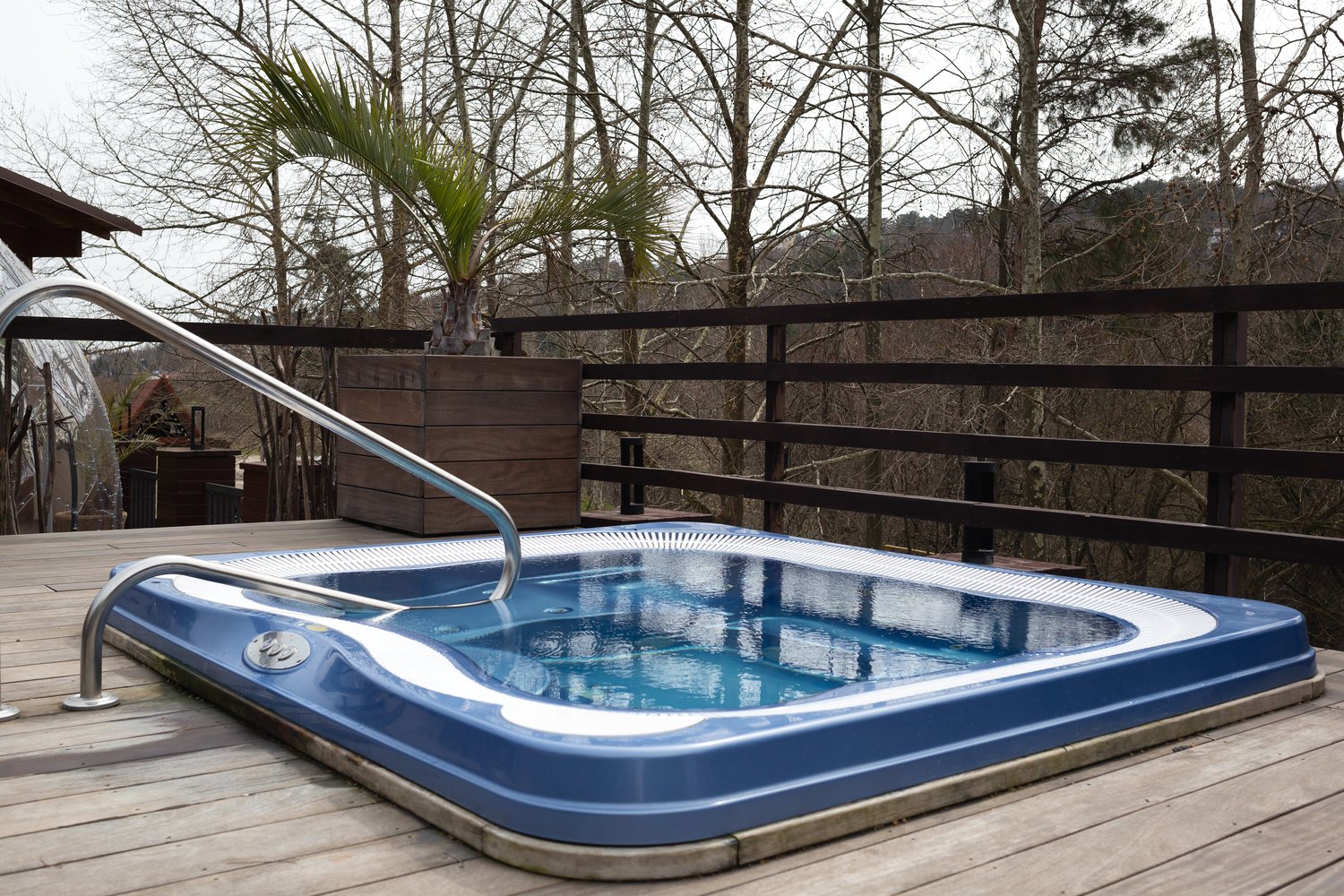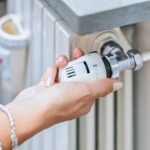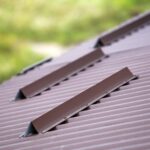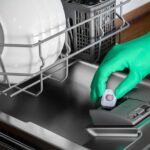Electric hot tubs are a haven for relaxation and rejuvenation, yet they can become a source of frustration when the heater and pump start acting up. Understanding the nuances of these common issues is crucial for maintaining the oasis of comfort that your hot tub promises. Whether you’re a seasoned specialist or a DIY enthusiast, our detailed guide delves into the intricacies of troubleshooting these essential components.
- Identifying the telltale signs of heater and pump problems helps prevent more severe damage to your hot tub.
- Uncover frequent causes of heater issues like thermostat failures and electrical glitches that often go unnoticed.
- Access efficient troubleshooting techniques to resolve common malfunctions and enhance system efficiency.
By diving into the specifics of electric hot tub maintenance, you will equip yourself with the knowledge to address issues before they escalate, ensuring a long-lasting and high-performing system. Let this article guide you through the necessary steps for a seamless hot tub experience.
Identifying Electric Hot Tub Problems: Heater and Pump Troubleshooting Guide
Electric hot tubs are a luxurious addition to any home, providing relaxation and therapeutic benefits. Yet, encountering problems with the heater and pump is not uncommon. Identifying these issues early on is crucial to maintaining your hot tub’s efficiency and avoiding costly repairs.
One of the first signs of heater problems is inadequate water temperature. If your hot tub isn’t heating the water properly, it might indicate issues with the heater element or thermostat. Other symptoms include tripping circuit breakers, strange noises, or error messages on the control panel.
Pump issues often manifest as noisy operation or reduced water circulation. These can be symptoms of airlock, blockages, or even motor failures. Paying attention to changes in pump performance helps in diagnosing the problem accurately.
Recognizing these warning signs allows you to target specific problems with your hot tub. It aids in deciding whether you should attempt a DIY fix or call a professional for assistance. By staying informed, you ensure the longevity and reliability of your hot tub’s components.
Common Causes of Heater Issues
Heater malfunctions in electric hot tubs often stem from a few common causes. Understanding these can assist in effective troubleshooting.
Thermostat Failures: A faulty thermostat may prevent the heater from maintaining the desired temperature. This can result in erratic heating or complete lack of heat, affecting the overall hot tub experience.
Electrical Problems: Issues like loose connections or corroded wiring can disrupt the electrical flow needed for heater operation. This can lead to intermittent performance or complete failure, often accompanied by circuit breaker trips.
In many cases, these problems are preventable with regular maintenance checks. Cleaning connections, checking fuses, and verifying electrical settings can help maintain the heater’s optimal function. By addressing these frequent causes, you can preempt major issues and enjoy a seamless hot tub experience.
Efficient Solutions to Electric Hot Tub Problems: Heater and Pump Troubleshooting Guide
Maintaining your electric hot tub in peak condition is essential for ensuring it provides a relaxing and soothing experience. When facing electric hot tub problems, especially those related to the heater and pump, it’s crucial to approach troubleshooting with a clear, organized strategy.
One of the first steps in resolving electric hot tub heater problems is to ensure that the circuit breaker associated with the hot tub is in good working order. Tripped circuit breakers can often be a simple fix. Resetting the breaker may solve the issue, but if it persists, professional inspection might be required to prevent further electrical problems.
Next, examine the thermostat settings. Incorrect thermostat configurations can frequently cause heater malfunctions. Ensure that your thermostat is correctly set to the desired temperature. If your electric hot tub heater is still not functioning, testing the thermostat with a multimeter for continuity can provide insights into its operational status.
When targeting electric hot tub pump troubleshooting, checking the airlock presence is vital. Airlock can hinder water flow, making the pump inefficient or causing it to fail. Bleeding the pump by slightly opening it until water flows freely can address this concern.
Additionally, inspect the pump’s impeller. A blocked or jammed impeller will prevent the pump from circulating water effectively. Carefully remove any debris or build-up that could obstruct its movement.
For comprehensive repair, sometimes it’s necessary to assess internal components like pressure switches and flow sensors. These elements are integral in regulating water flow and ensuring heater functionality. Typically, pressure switch issues arise due to sediment build-up and require a meticulous cleaning to restore normal operation.
Lastly, routine maintenance checks are instrumental in preventing common hot tub problems. Keeping the water chemistry balanced, regularly cleaning filters, and performing periodic system checks can significantly extend the life of your hot tub components.
Mastering these troubleshooting techniques not only saves on repair costs but also ensures that your hot tub remains a calming retreat rather than a source of frustration.
Frequently Asked Questions: Electric Hot Tub Troubleshooting
Why is my hot tub not heating?
Check for tripped circuit breakers or blown fuses. Ensure the heater is receiving power.
What causes a hot tub pump to stop working?
Possible blockages, airlock, or electrical failures can disrupt pump operations.
How do I know if the hot tub thermostat is faulty?
Inaccurate temperature readings or frequent cycling on and off can indicate a faulty thermostat.
What maintenance should I perform to prevent heater issues?
- Regularly clean the filters to ensure proper water flow.
- Inspect connections for corrosion.
Can I fix heater and pump issues myself?
Basic tasks like checking connections can be DIY, but consult a professional for complex issues.





